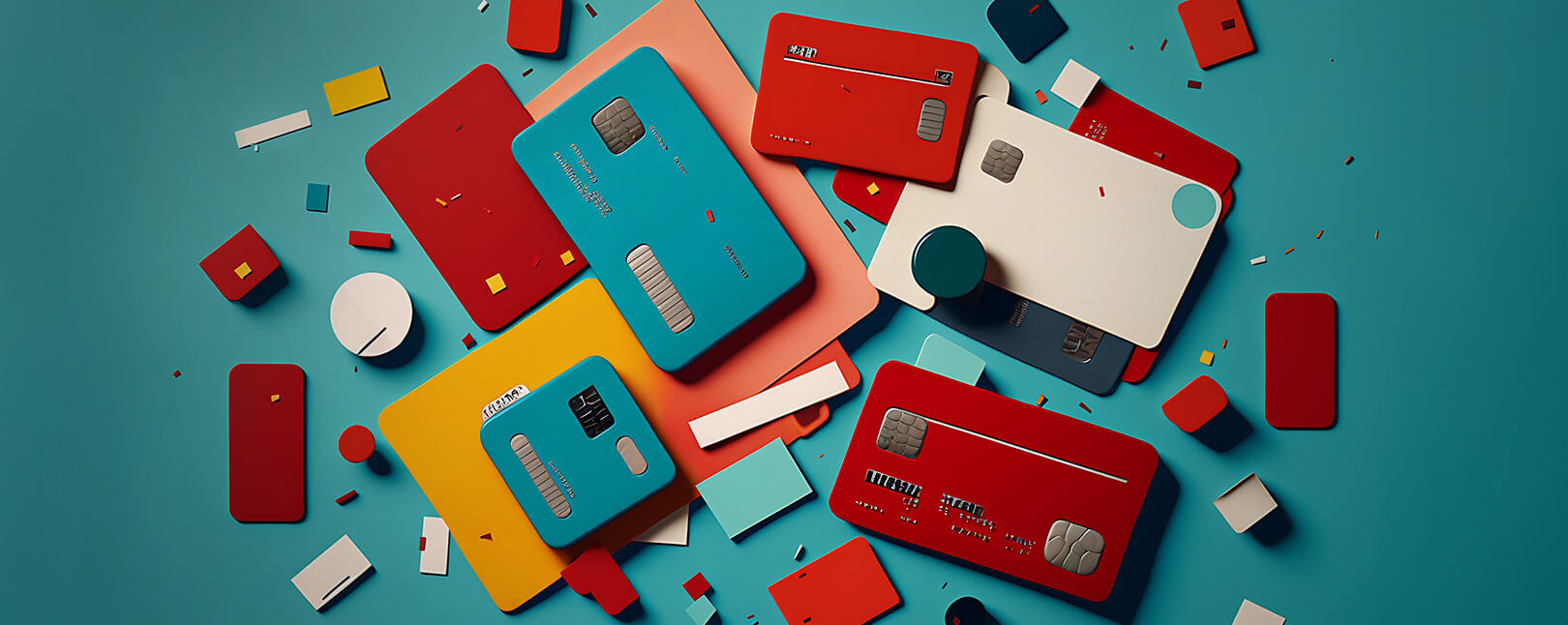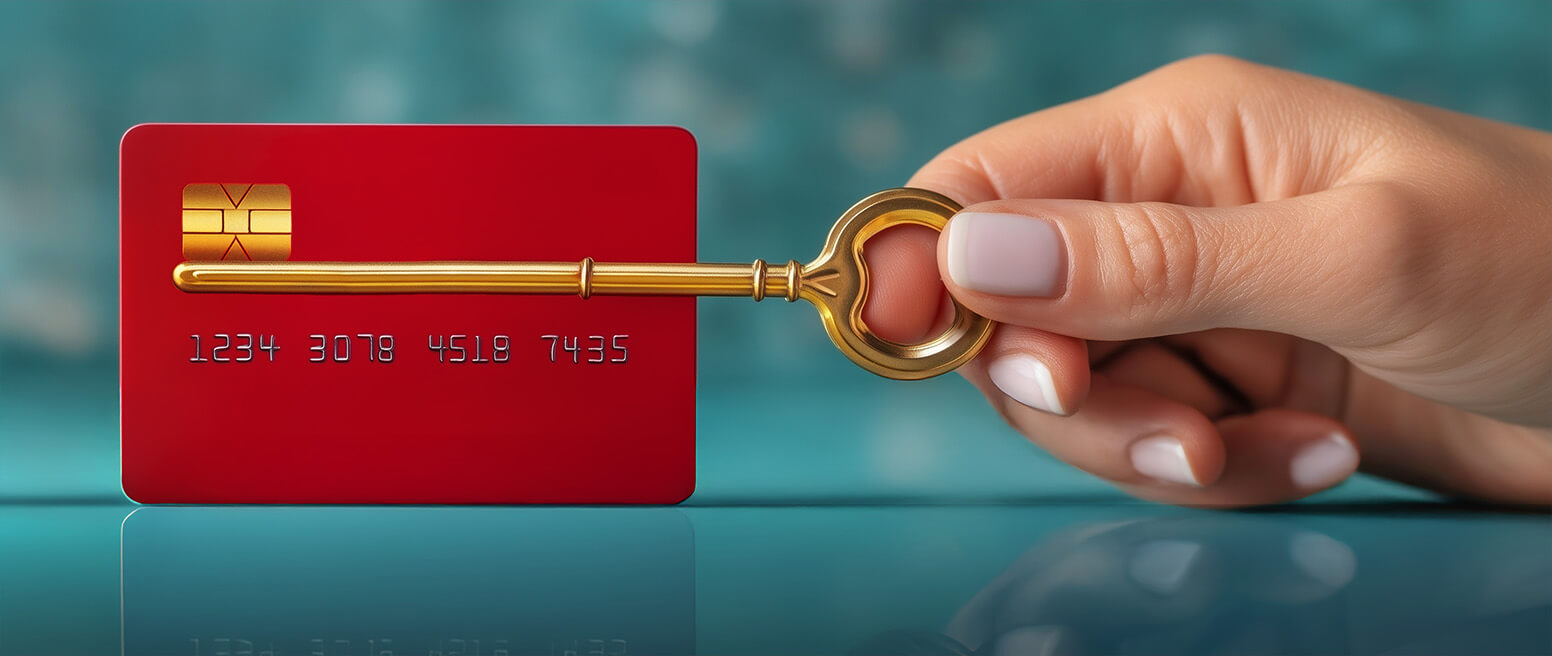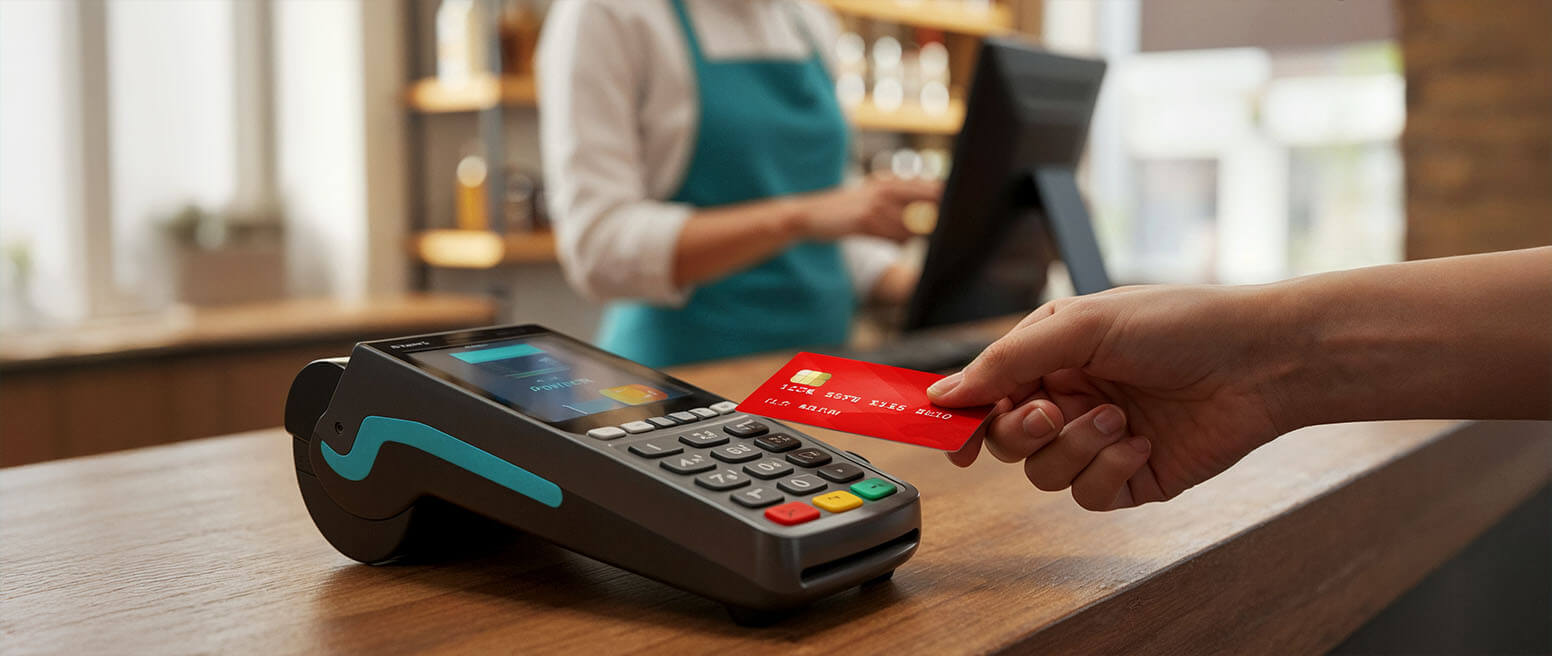What Are Credit Card Networks? Why Are Card Networks Necessary?
Even if you’ve never used a credit card in your life, brands like Visa and Mastercard are an integrated part of our popular culture.
But, have you wondered exactly what those companies do? Their logos appear on billions of circulating payment cards, but they’re not banks or card sponsors. So, why are their logos there? What’s the difference between Visa and a bank?
In this post, we explore the essential role that card networks play in the payment process. We’ll talk about all the different stakeholders, and explain how they interact with each other.
Recommended reading
- What is EMV Bypass Cloning? Are Chip Cards Still Secure?
- Dispute Apple Pay Transaction: How Does The Process Work?
- Terminal ID Number (TID): What is it? What Does it Do?
- How EMV Chip Cards Work: Pros, Cons, Data Points & More
- The AI Gap: Banks’ Slow Adoption Creates Chances for Fraud
- Point of Sale Systems: How to Get More From Your POS Machine
What is a Card Network?
- Card Network
A credit card network is an interbank organization providing the vital communication infrastructure that allows payment card transactions to be conducted between merchants and issuing banks.
[noun]/kärd • net • wərk/In a sense, credit card networks (sometimes referred to as credit card schemes, or credit card associations, depending on the region) serve as necessary “middlemen” between merchants and banks.
Their proprietary systems facilitate communication between all the parties involved in the transaction process. They connect issuers to processors, gateways, and acquirers. Interbank payment card transactions would not be possible without the infrastructure provided by card networks.
Ultimately, the networks oversee all aspects of card usage. They develop and enforce rulesets for activity conducted on their networks, by which banks must abide.
What Do Card Networks Do?
Card networks are the connective tissue that interlink every party within the payment process. Banks that issue or accept cards branded with the logo of one of the card networks are considered to be part of the network.
Everything starts with a consumer’s purchase. The merchant accepts the card through a point-of-sale terminal, and the terminal forwards the information to the credit card network for approval.

The card network makes sure the account is active, and that the card hasn’t been reported stolen. If everything checks out, the network electronically connects to the cardholder’s bank to transmit the merchant’s request for payment authorization. Once it has the information, the card association tells the merchant if the purchase was approved or declined.
Outside of facilitating transactions, the networks also work to help protect network members and cardholders. They help monitor for fraudulent activity and prevent unauthorized transactions on their network, for instance. The card associations also develop rulesets and enforce regulations that protect consumers from fraud and unfair merchant practices.
Learn more about the transaction processWho are the Major Card Networks?
Visa, Mastercard, American Express, and Discover are the most recognizable card brands in the US. They aren’t the only ones operating globally, though.
Determining how the card networks stack up against each other depends on how the scores are calculated and what criteria are used. What you’re measuring can make a huge difference in the final results.
Total credit card purchase volume in the US reached $3.874 trillion in 2020.
For example, data from the Nilson Report shows that there were roughly 342 million Visa credit cards in circulation in the US in 2020. In contrast, private-label, proprietary store credit cards in the US numbered 336 million.
If we’re measuring solely by cards in circulation, the two are virtually tied. However, if we look at the volume of actual purchases made in the US during that same year, 50% involved a Visa card. Barely 5% were made using a private-label store card.
| Card Brand | U.S. Purchase Volume (in $Bil.) | % of U.S. Market Share |
| Visa | $1,939.22 | 50.05% |
| Mastercard | $836.78 | 21.6% |
| Amex | $691.51 | 17.85% |
| Private-Label (Store) | $246.39 | 6.36% |
| Discover | $142.95 | 3.69% |
The balance shifts significantly when we look abroad, though. For instance, look at the global share of general-purpose cards currently active globally in 2019, the most recent year for which data is currently available. When ranked based on the number of transactions facilitated, UnionPay sits in second place.
UnionPay is the dominant card network in the Chinese market. It’s a state-owned financial service, and estimates show roughly 90% of Chinese cardholders have a UnionPay card. You may not have heard of it yet, but UnionPay cards are accepted by more than 26 million merchants in 179 countries globally.
How Are Issuers Different from Card Networks?
The networks own the credit card system. However, it’s the network’s member banks that provide (issue) credit card accounts to consumers.
Banks and credit unions vet consumer applications, decide whether to offer that customer an account, and set a credit limit based on purchase and payment history. The cardholder may or may not have another account with that bank (other lines of credit, checking accounts, etc.).
When a bank issues a credit card to a consumer or business, they are essentially agreeing to loan the cardholder money on an ongoing basis. And, each time a card is dipped or swiped, the issuer decides whether or not to approve the purchase. With debit, the card is tied to funds that are already deposited into an account in the cardholder’s name.

In contrast, payment networks are like a communications hub for the transaction process. They control and maintain the overall framework that connects banks and merchants. Networks also decide which banks can issue their cards.
Each card brand has a “network” of specific merchants; these are the only retailers allowed to accept payments on that organization's behalf. Retailers must be approved by the card network in order to accept that brand of card. In other words, a consumer cannot pay via Mastercard unless the merchant is in the Mastercard network.
In short: banks operate on the direct-to-consumer side of a transaction, while card networks operate between institutions to allow for bank-to-bank communication.
Visa and Mastercard are strictly card networks; they do not issue their own cards. However, there are some networks, like American Express and Discover, which fulfill a dual role.
Amex and Discover both serve as card networks, but also act as issuing banks, and issue cards that operate on their proprietary networks. To make things even more confusing, they may license other banks to issue Amex- or Discover-branded cards as well. It’s possible to get a Discover card issued by Synchrony Bank or an American Express card issued by US Bancorp, for instance.
What Are Co-Branded Credit Cards?
A co-branded card features a third logo. They’re issued by a bank, but are sponsored by a merchant or corporation and offer specific benefits with that brand. They differ from conventional store cards, though, in that they can be used elsewhere.
For example, a retailer like Amazon may offer a store card that can only be used when shopping at their store. However, the merchant could also offer a Visa card that is co-branded by Amazon. This card could be used anywhere Visa is accepted, but would provide rewards specific to the Amazon brand.
Co-branded cards are a great way to build customer loyalty. In 2019, Best Buy listed its credit card as the second-largest driver of customer loyalty and buying. Co-brands give buyers extra incentive to shop repeatedly with the same merchants.
Co-branding can also be a huge profit center for merchants. In 2018, for example, American Airlines’ operating income of $2.66 billion was noticeably less than the estimated $3.1 billion the company made through co-branded credit cards. Networks benefit, too, by getting a higher volume and a wider reach for their brands.
Where Did Card Networks Come From?
The basic concept behind credit cards is almost as old as commerce itself.
The idea of offering goods and services on credit has existed for centuries. Until the middle of the 20th century, it was common for department stores and gas stations to issue lines of credit to their customers. Some would even issue their own proprietary “cards,” as a quick and easy way to identify buyers and connect them with their preexisting lines of credit.
A New York banker named John Biggins took the idea one step further by creating the Charg-It card. This proto-credit card allowed users to have a single line of credit with multiple local merchants. However, accounts had to be paid in full at the end of each month.
Bank of America issued the first BankAmericard, the forerunner of Visa, in 1958. It was the first bank card that offered revolving credit at any participating merchant. As more and more consumers became comfortable with credit cards, the networks took on a larger role in building the infrastructure and keeping the machinery running. The rise of eCommerce and online buying has made card networks more important than ever.
How Do Card Networks Make Money?
Any business that provides a service expects to be paid, and card companies are no exception. There are a number of different fees associated with a credit card purchase, but not all of this money goes to the network.
Merchants pay several fees associated with accepting credit cards. When a transaction is authorized, for example, the issuer pays the amount of the transaction to the merchant’s acquiring bank, minus an interchange (or “swipe”) fee. The network will get a percentage of that.
However, card networks make a majority of their money through assessment fees. These are costs paid by merchants to the specific network for the privilege of accepting that card. Visa, for example, receives the assessment fee on every transaction charged on a Visa credit card.
For the major US networks, assessment fees are typically 0.13 - 0.15% of the transaction amount, as shown:
- American Express: 0.15%
- Discover: 0.13%
- Mastercard: 0.1375% for transactions under $1,000; 0.01% for transactions of $1,000 or more
- Visa: 0.14%
Those percentages may seem small. But, given that there are over a billion credit card transactions every day, the numbers stack up quickly.
A Final Word on Card Networks
Understanding the role credit cards networks play in facilitating payments can give both merchants and consumers a better view of how the entire process works, end to end. That information can help cardholders make decisions that will minimize fees and optimize benefits.
Knowing how the credit card system works, however, won’t always protect from inherent dangers such as fraud.
At Chargebacks911®, we specialize in helping merchants mitigate fraud risk and other potential credit card threats. If you’d like to know how we can help your business, contact us today.
FAQs
What is a card network?
Credit card networks standardize and facilitate transactions between merchants and card-issuing banks. They provide the infrastructure that allows universal card usage and ensures that merchants get paid.
Why is a card network needed?
When it comes to credit cards, networks are the great equalizers.
There are a lot of different banks, and a lot of merchants, in every part of the world. If each bank or merchant worked only with their own credit card, the system would be chaos. The networks maintain the infrastructure that standardizes global usage and ensures a fair experience for all stakeholders.
What are the largest card networks?
In the US, the four largest networks are Visa, Mastercard, American Express, and Discover. More than three-quarters of US card transactions are made on either the Visa or Mastercard network; American Express and Discover hold a much smaller market share.
Globally, other networks have a large presence; UnionPay represents roughly one-third of all cards issued worldwide, for instance, while Visa represents about 40% of global cards.
What is the best card network?
That’s subjective, depending on the criteria used.
Based on acceptance, Visa and Mastercard are the obvious contenders, both globally and in the US. Amex would probably win when judged by secondary benefits, while Discover has the best foreign transaction fees.
When choosing a credit card, consumers are more likely to look at incentives like cash back, rewards, flier miles, and so on. Those perks are decided by the issuer, not the network.
How do card networks make money?
Card networks make money mainly by per-transaction fees, such as interchange fees and assessment fees levied against merchants.














